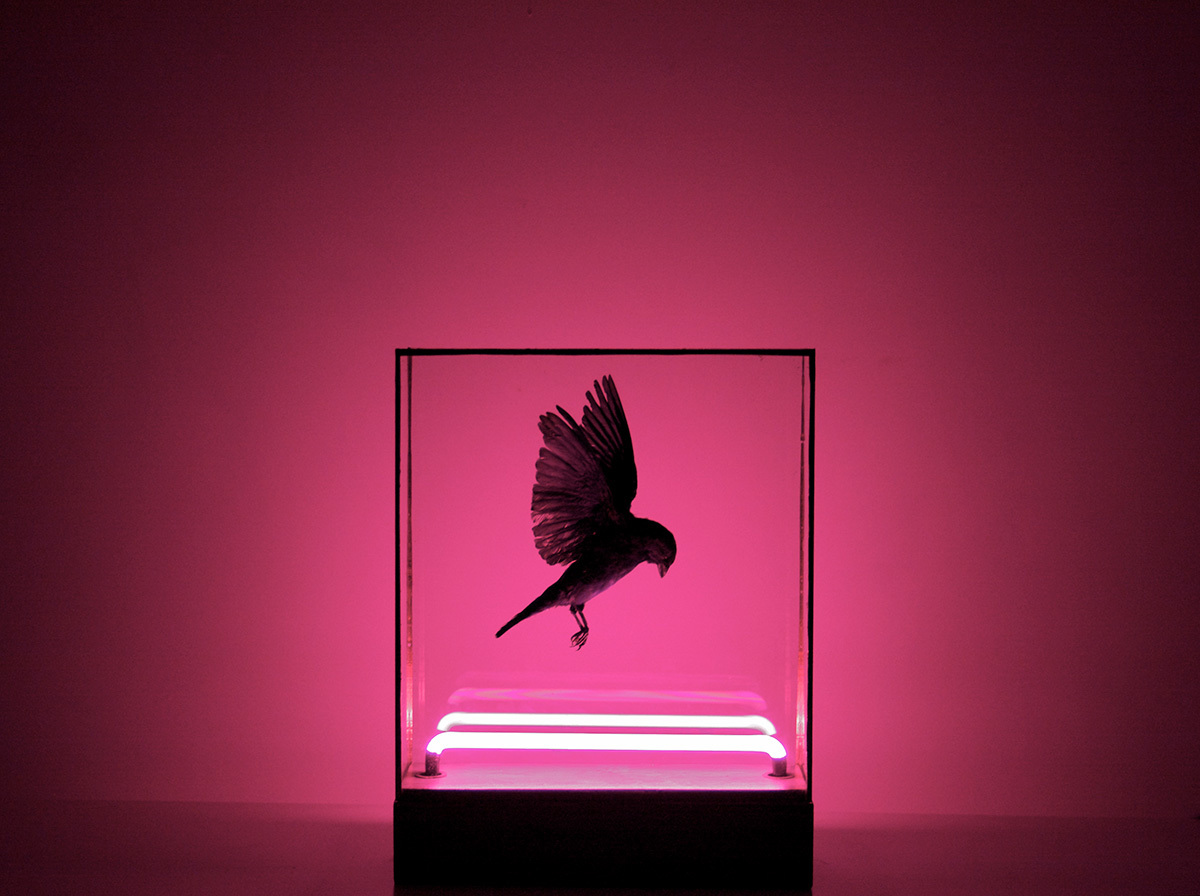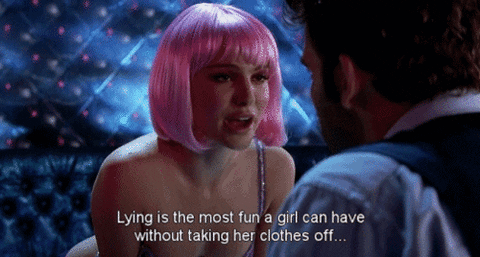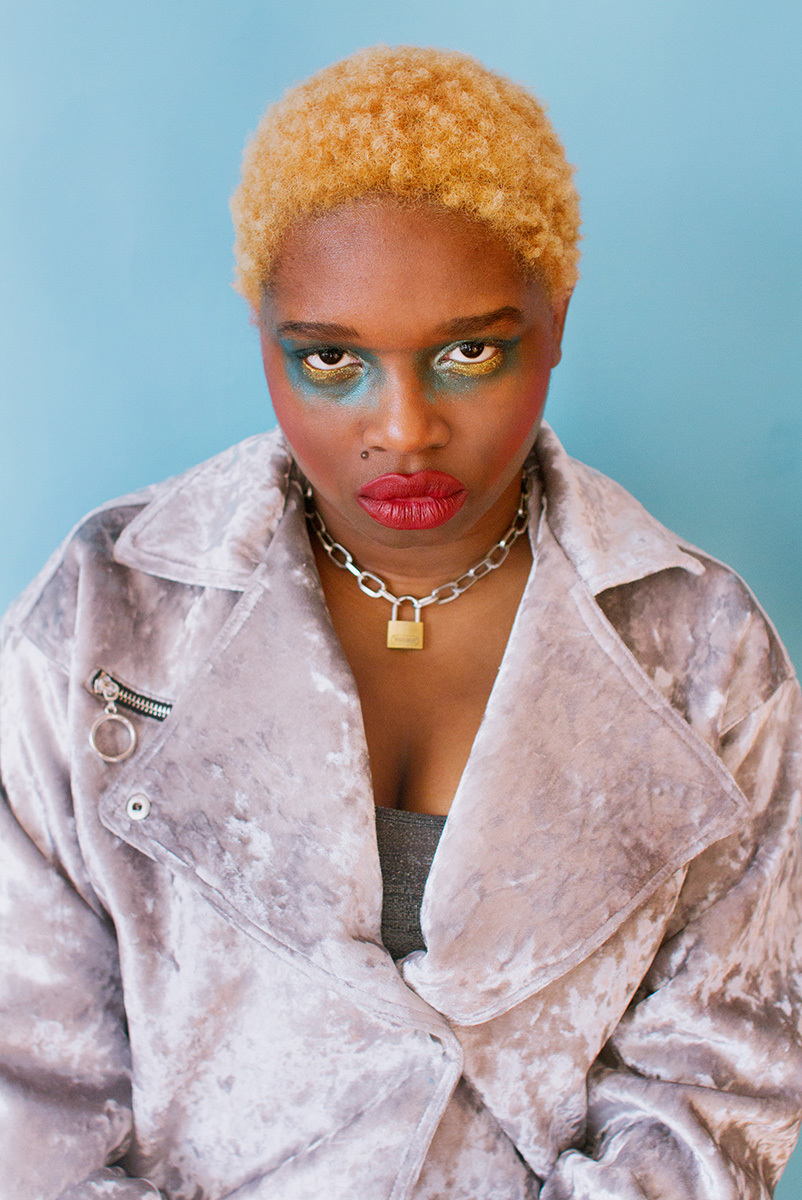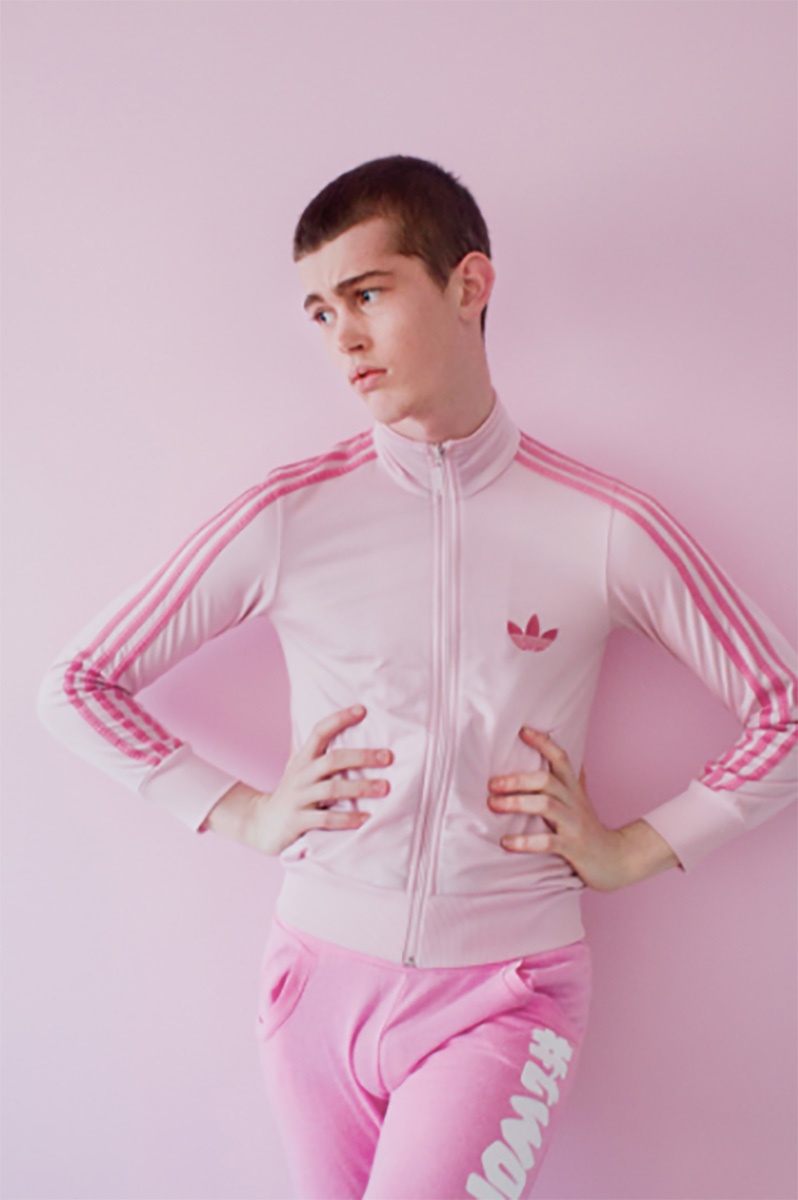This article was originally published by i-D UK.
This year we have seen a myriad of special cultural events marking fifty years since the partial decriminalization of homosexuality in the UK. Works by artists who lived in times where their voices weren’t recognised or accepted were proudly hung on the walls of Tate Britain as part of the first retrospective of Queer British Art. Channel 4 and the BBC’s 50 Shades of Gay and Gay Britannia seasons reflected on the sacrifices made by past generations and looked to the future. With queer stories being told on platforms that once seemed beyond our reach, and a record number of LGBT MPs elected this summer, you would be forgiven for dreaming that maybe, just maybe, the worst days are behind the UK’s queer community.
But while the number of LGBTQ events and programs this year is undoubtedly encouraging, it does serve as an uncomfortable reminder of how rare it is to see queer stories told on mainstream platforms. This year’s Pride season also revealed how tone-deaf many brands and intuitions still are when communicating with LGBTQ people. This is why queer people telling their own stories in ways that are relevant to them is so important. Contributions by queer people, and particularly those who are marginalized within the LGBTQ community, must be recognized and celebrated every year, not just on special anniversaries. But out of the struggle, a radical wave of young queer artists are continuing to question the status quo. We spoke to five artists who use their work to discuss the complex challenges and issues surrounding their identity and the wider queer community.

Harriet Horton
Taxidermist Harriet Horton’s artistic practice was born out of a rejection of traditional taxidermy methods. After finding herself at odds with the unethical and overtly masculine culture of trophy hunting, Horton decided to take her work in an entirely new direction. Combining ethical practices and contemporary neon lighting with old-school taxidermy techniques, Horton’s intrinsically feminine sculptures are unlike anything that we’ve seen before. Instead of the stagnant trophies that we’ve become accustomed to, the subjects of Horton’s works are often overlooked. “The more exotic, attention seeking specimens don’t appeal to me.” She explains. “Most people don’t give sparrows or magpies a second glance, but it’s more testing to create a dramatic piece of work from something unassuming.” By assembling her sculptures from the mundane fragments of the surrounding natural world, Horton subverts the masculinity of the medium and forces a more conscious interaction between subject and viewer. Horton believes that being queer is central to her thought-process, giving her the power to be confident in her decisions. “When you don’t follow a pre-existing heteronormative path, there are so many obstacles which force you to think differently and creatively.”

Katy Jalili
Katy Jalili is a genderqueer artist, performer,and writer from Iran and currently based in London. After graduating from Central Saint Martins earlier this year, they are continuing to use performance to explore how the femme identity and body occupies spaces in society. Katy believes that their queer identity has helped them to make more bold artistic choices. “Living as a queer person of color, an immigrant and a person that is subjected to misogyny forces you to be bold and claim spaces.” Katy explains. Recently, they have been exploring their body image and identity by creating gifs that act as a rebuttal to the subconscious judgements that they feel from the wider world. Identifying as femme, Katy is keen to ensure that more diverse voices are heard within the queer community. “We wouldn’t have a movement or an LGBTQ scene without femmes or trans women of color,” Katy continues. “We love glamorizing femmes, but we never want to listen to them, we only want to look at them.” Moving forward, Katy wants to use her work to make people re-think how they contribute to systems of oppression that effects queer people. “The best thing is when I get comments saying, “I can relate to that”, that’s all you really want to hear.”

Alexander Glass
Alexander Glass is a sculptor and installation artist currently based in London. Glass explores the separation between image and fantasy in spaces commonly associated with aspirational maleness. He does this by recreating scenes or locations that are commonly used fetishize the male body, such as swimming pools, gyms and locker rooms, and, most recently, high-rise flats. Due to our expectations of men, these spaces symbolise strength and success, but many LGBTQ people will remember them places where they felt like outsiders. “My work is a discussion of masculinity and its complicated relationship to desire.” Glass explains. “This includes an engagement with ideas of the ideal body, aspirational living, and its imagery.” Glass fetishizes the male body as a way of considering his own relationship with what he wants both physically and personally, while acknowledging that ideal bodies, ideal lives, and the incessant need for them can create a poisonous narrative. In his latest work, Higher Window, Glass created an installation with minimal gestures to high-rise luxury living. Within the pristine space there is slippage, a sweaty hand-print on the window and the skin peeling from a torso. After graduating from the Royal College of Art, Glass plans to expand his exploration of masculinity to include popular-culture, a development that we eagerly anticipate.

Laurence Philomene
Laurence Philomene is a freelance photographer, director, and curator living in Montreal. Alongside their own artistic practice, Philomene’s work for clients — including Netflix and Teen Vogue — acts as a visceral exploration of gender identity, tenderness, and cololr theory. Fizzing with saturated colours, their images examine queer identity by using contrasting textures to create tension. Conceptually, the relationship between camp and kitsch underpins much of Philomene’s work, and they cite the “quintessentially queer” sense of rebellion in early John Waters films as a huge inspiration. “I think a lot of it has to do with pushing it to the limit and taking camp to its extreme,” tlhey explain. “That’s what makes art queer to me.” Philomene hopes to use photography to help people understand what queerness means to them, but this hasn’t always been easy in such a heteronormative industry. “I struggle with being taken seriously as a photographer outside of just being click-bait, or a convenient blog post to show that a brand/platform/magazine is inclusive for pride month.” Says Philomene. Moving forward, they would like to see more brands hire queer photographers, especially people of colour, to shoot campaigns and covers. He also plans to keep encouraging people to embrace their own queerness, one bright colour at a time.

Kiya Major
Kiya Major is inspired by the way that female celebrities are poked, prodded, and provoked to fail by trashy gossip magazines and daytime television shows. Creating darkly humorous prints from iconic images of celebrities like Kerry Katona, Kate Moss and ITV’s Loose Women, Major explores how popular-culture is fuelled by our demand to see people, and particularly women, in undesirable states. Major believes that being queer is central to her ability to look at things satirically from an outside perspective. “Minorities are quietly reminded of the straight white view of the perfect world by advertisements, television, magazines and even household objects.” She says. “This provides endless material for an artist.” When it comes to her subject matter, Major revels the campness of tabloid culture. “Pop culture and gay culture are equally as trashy, which isn’t to say that is a bad thing,” she concludes. “I love trash!” What makes Major’s works so relatable is the normality that she applies to failure. You can be Kate Moss, but you’ll still be caught falling out of a club at 5am just like everyone else. “Failure is an integral part of creating humor,” she says. “But my work is just me holding a mirror up to the world by documenting the things as I see them.”
Credits
Text Louis Staples
Photography Laurence Philomene
